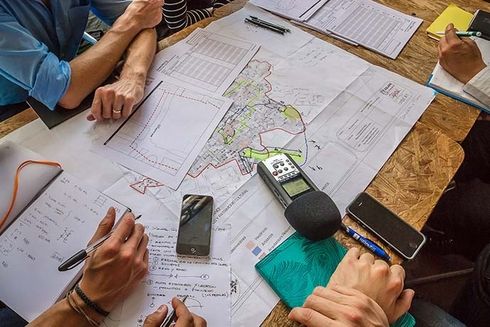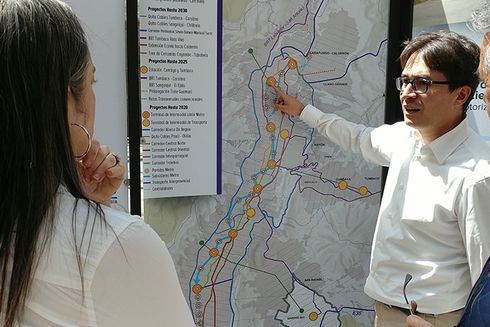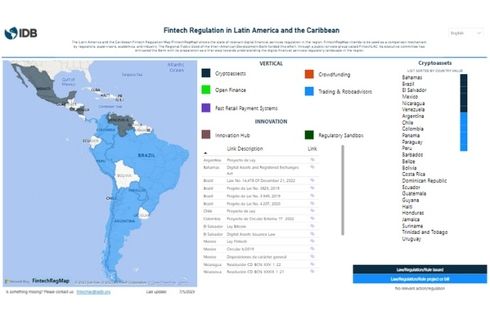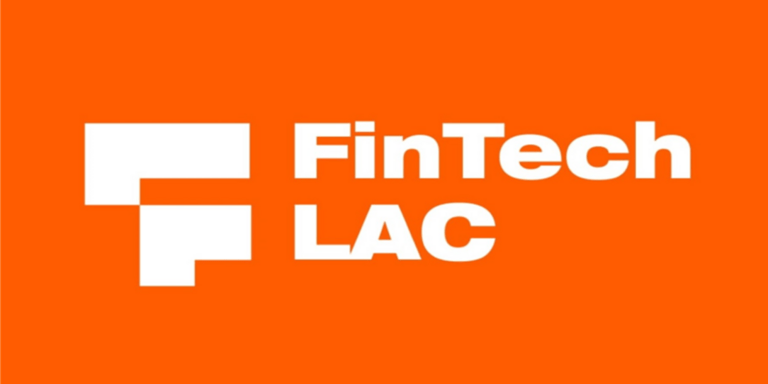FintechLAC is a Regional Public Goods initiative funded by the Inter-American Development Bank (IDB). We are the first Public-Private group of Fintech in Latin America and the Caribbean. We consist of a group of financial regulators and supervisors and Fintech associations from 15 countries.
The objective of the FintechLAC is to support the development, consolidation, and integration of a Fintech ecosystem in LAC through the promotion of policies and regulations, as well as the institutional strengthening of ecosystem actors. The intention is to seek regional regulatory convergence for a harmonious development of the Fintech ecosystem with benefits such as scalability of platforms and coordination between financial authorities.

Diagnose the size and composition of Fintech ecosystems, and identify regulatory, policy, and institutional gaps. The activities of this component can be developed at the regional or subregional level (groups of countries) or the national level if the ecosystem is large enough.

Based on the evaluation and knowledge from Component 1, the result of this component is to allow for the solid growth of the Fintech ecosystem through policies, regulations, and the improvement of the institutional capacity of its actors. The activities of this component can be developed at the regional or subregional level (groups of countries) or the national level if the ecosystem is large enough.

Create the right tools for regulators, supervisors, and Fintech associations with the aim of the sustainability of the Fintech ecosystem. The activities of this component can be developed at the regional or subregional level (groups of countries) or the national level if the ecosystem is large enough. For example, resources can be granted to support the creation and development of Centers of Excellence, Regulatory Sandboxes, Innovation Laboratories, Hubs, or Accelerators. Special emphasis will be placed on the creation of a regional Sandbox.
The projects or activities to be carried out within the framework of the Good Regulatory Practices (BPR) must be referred to one or more of these components, which may be exclusive. For example, activities of Component 2 can be carried out without carrying out activities in Component 1.

June 2023 Authors: FDATA, IDB; IDB Invest; IDB Lab

June 2023 Authors: FDATA, IDB; IDB Invest; IDB Lab

October 2023 Authors: University of Cambridge, IDB, IDB Invest, IDB Lab

The Latin America and the Caribbean Fintech Regulation Map (FintechRegMap) shows the state of relevant digital financial services regulation in the region. FintechRegMap intends to be used as a comparison mechanism by regulators, supervisors, academics, and industry. The Regional Public Good of the Inter-American Development Bank funded this effort, through a public-private group called FintechLAC. Its executive committee has entrusted the Bank with its preparation as a first step towards understanding the digital financial services regulatory landscape in the region.
Building state capacity to strengthen rule of law, promote innovation and open governments to deliver better citizen services.
Innovation is essential for more productivity and economic progress

